KHINKALI
Khinkali (Georgian: ხინკალი) is a very popular Georgian dumpling made of twisted knobs of dough, stuffed with meat and spices. It is considered to be one of the national dishes of Georgia.
Different regions of Georgia make khinkali with different fillings. The most popular filling is a pork/beef mix. In the mountains, khinkali is often made with a lamb filling. Fillings can also include Imeretian cheese mixed with cottage cheese; mushrooms; and mashed potato. City versions include kalakuri khinkali (with thinly chopped parsley) and khevsuruli khinkali (without parsley).
This is how to make them:
Ingredients for 30 Khinkali: Dough – 1.4 kilo of flour (1.1 kilo for the dough and .3 kilo for dusting and kneading) , 2 eggs, 450 ml of warm water; Filling – 700 grams of ground beef and pork mix, salt, half tsp of dried red pepper, quarter tsp ground caraway seed, 2 small onions (optional) and 500 ml of water. Cooking – water and salt for the cooking pot.
Preparation: Add 1.1 kilo of flour to a mixing bowl. Make a depression in the middle of the flour and add the eggs.
Add 450 ml of warm water.
Mix the ingredients from the middle of the bowl until all of the flour is mixed.
The dough should be formed into a ball.
Divide the dough into two pieces.
Sprinkle a work surface and one of the balls of dough with flour and knead (very firmly) and fold the dough.
Continue kneading and folding until the dough is very firm.
Roll out the dough until it is about 1/3 of an inch thick.
Cut out circles of about 2.5 inches in diameter with a drinking glass.
Carefully remove the excess dough.
Use a rolling pin to roll each circle into a thin eight inch round. These rounds will be filled with a meat and spice mixture to make khinkali.
NOTE: Repeat the whole process of kneading, folding and cutting and rolling of rounds with the remaining ball of dough. You will then have enough rounds to make about 30 khinkali.
Preparation (the khinkali filling): Add the meat, spices, 2 finely chopped onions (optional – we didn’t use onions) and salt to a mixing bowl.
Mix the ingredients by hand and then add 25 ml of water and squash and squash the mixture. Repeat this process 20 times until you have mixed at least 500 ml of water with the meat. This will ensure that your khinkali have lots of ‘juice’.
The meat should look like this at the end of the process.
Preparation (making the khinkali):
Take one round of dough from your pile of rounds.
Add 1 heaped tbs of the meat mixture to the center of the round.
Use your thumbs and index fingers to make an accordion type fold all around the outside.
It will become easier with practice! 19 folds are considered to be ideal.
When all pleats have been formed the khinkali should look like the one in the picture below.
Roll the nubbin of the dumpling between your finger and thumb and pinch off extra dough. The khinkali should look like this.
Put each khinkali on a board or work surface that has been dusted with flour.
Carefully place the dumplings into a deep pan of boiling salty water, about 10-15 at a time (depending on the size of your pan).
Boil for 12 to 14 minutes. If the dough has been made properly the dumplings will not burst.
Serving: Khinkali are served hot with no garnish other than black pepper.
Eating khinkali: There is an art to eating Khinkali. The doughy top, where the pleats all meet, is never eaten, but used as a handle for holding the hot dumplings and is left on the plate to show how many have been eaten. In Georgia, this top is called the “kudi” (Georgian ქუდი, hat) or “kuchi” (Georgian კუჭი, belly button).
Enjoy!
 CLICK on the logo to visit GEORGIA ABOUT on Facebook and see photos and news about Georgia. Click LIKE on the page and become a friend of GEORGIA.
CLICK on the logo to visit GEORGIA ABOUT on Facebook and see photos and news about Georgia. Click LIKE on the page and become a friend of GEORGIA.
Comments
29 Responses to “KHINKALI”Trackbacks
Check out what others are saying...-
[…] ატრია). Atria is a boiled dough, usually made from the leftover dough after making Khinkali. It is popular throughout Georgia, especially in mountain areas and eastern […]
-
[…] Restaurant culture is big here, Georgians love their supras (feasts). Expect to see khachapuri, khinkali, lobio and mtsvadi everywhere. Sakhachapuri is pretty much the only place in the touristy area […]
-
[…] Recept, na engleskom, možete naći ovdje: Georgian Recipes. […]
-
[…] Country: GeorgiaTypical Filling: Pork and beef.Recipe: Traditional Khinkali […]
-
[…] Country: GeorgiaTypical Filling: Pork and beef.Recipe: Traditional Khinkali […]
-
[…] Country: GeorgiaTypical Filling: Pork and beef.Recipe: Traditional Khinkali […]
-
[…] Country: Georgia Typical Filling: Pork and beef. Recipe: Traditional Khinkali […]
-
[…] Country: Georgia Typical Filling: Pork and beef. Recipe: Traditional Khinkali […]
-
[…] Country: GeorgiaTypical Filling: Pork and beef.Recipe: Traditional Khinkali […]
-
[…] Country: GeorgiaTypical Filling: Pork and beef.Recipe: Traditional Khinkali […]
-
[…] Country: Georgia Typical Filling: Pork and beef. Recipe: Traditional Khinkali […]
-
[…] Country: Georgia Typical Filling: Pork and beef. Recipe: Traditional Khinkali […]
-
[…] Chopped/grinded meat stuffing, parsley, onion, coriander, pepper and salt are common ingredients of Khinkali. You can see the recipe here. […]
-
[…] Link Khinkali: https://georgianrecipes.net/2013/03/29/khinkali/ […]
-
[…] The next day was a little more eventful. After what has to be one of the best nights sleep I’ve had in ages, I woke up to Shota telling me that everyone was waiting for me to help make khinkali. […]
-
[…] Click Here For “Khinkali” Recipe […]
-
[…] to my national cuisine. Interesting combinations, wide variety, lot of meat and different tastes. Khinkali is one of my […]
-
[…] KHINKALI […]
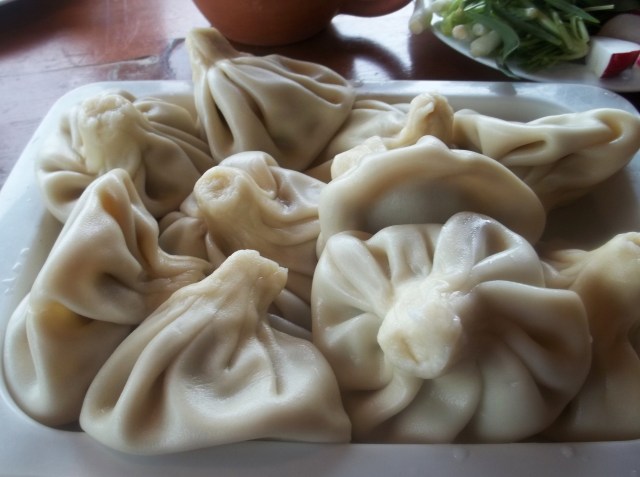



































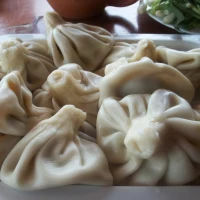


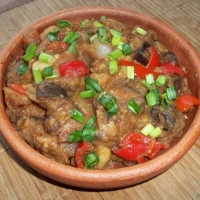
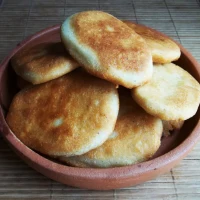
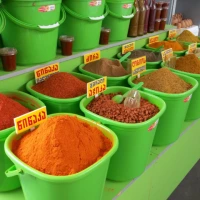
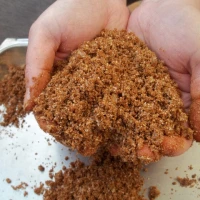
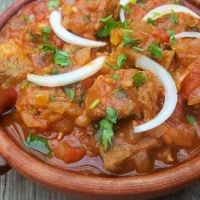

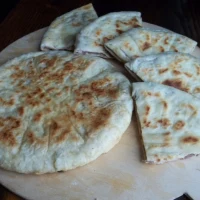







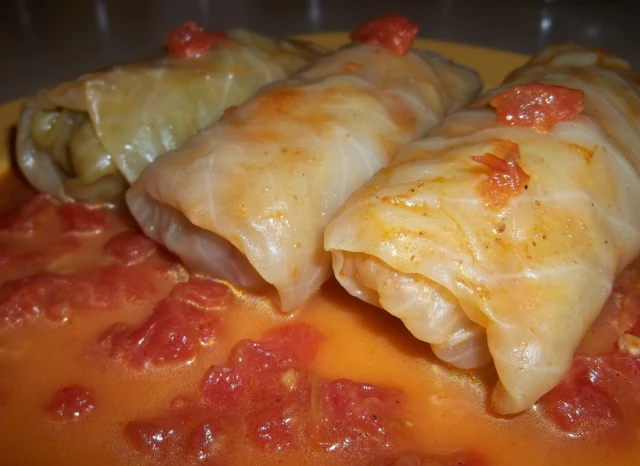


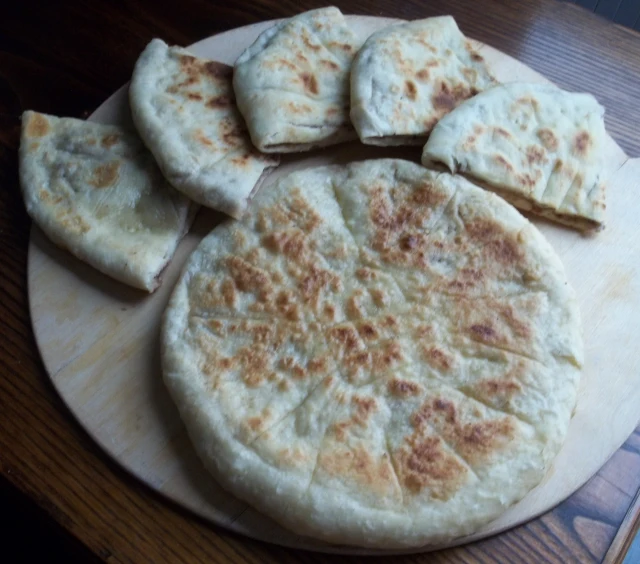

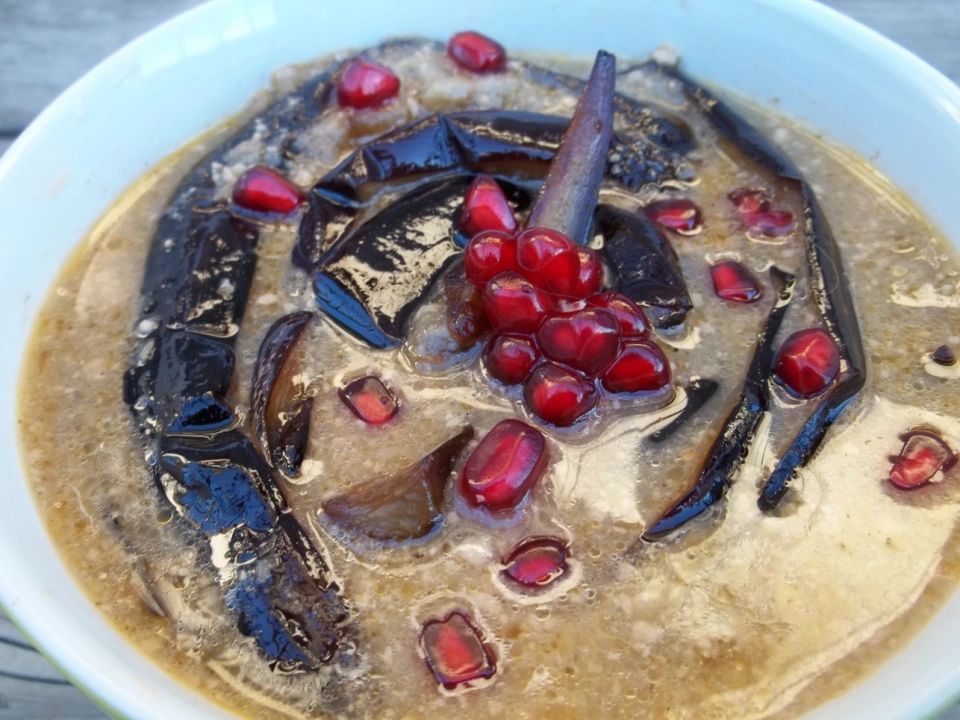







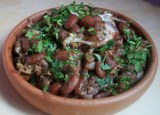







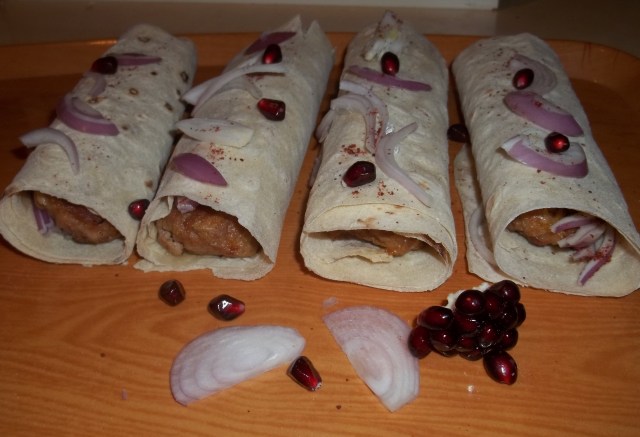







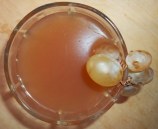







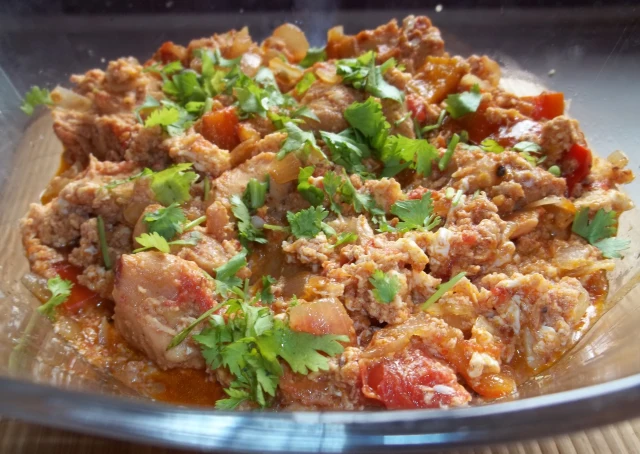














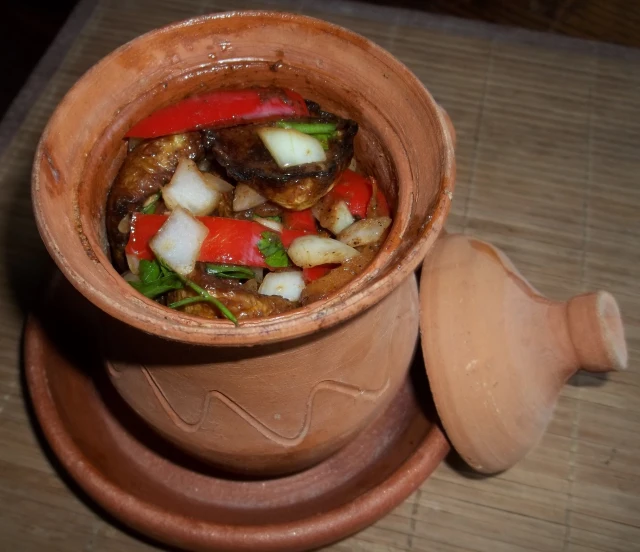

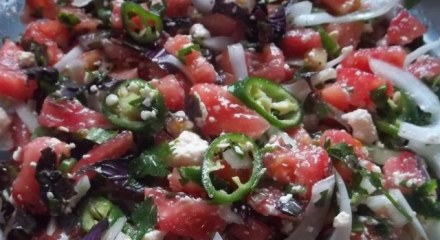
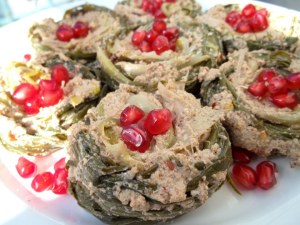









These look incredible!
Hi!
I am an Italian woman deeply in love with Georgian foods.
I found your website few time ago and I cooked several of the recipes. Everything was absolutely GREAT!!
Thank you so so much. I really hope to can visit one day your beautiful country.
There’s an ongoing discussion as to what you mean (it’s mentioned in other recipes too) by “caraway seed”. Cumin (which they put in plov, manty or virtually in about everything in Uzbek and Tajik cuisine) or caraway proper (used e.g. in Belarusian and Latvian bread)? They confuse it very often as they look alike. I tried to put cumin in khinkali, but it made them taste too Uzbek.
According to some sources, the “real” zira is neither caraway nor cumin, but Bunium persicum, or “Black zira”. I haven’t seen it in Russia, though.
Currently living in Tbilisi, put I started looking up recipes because I know the minute I leave I am going to start missing Georgian food like crazy. I was wondering if you have a recipe for mushroom khinkali? I’d like to have a version of it that I can feed to my vegetarian friends. This is a wonderful website, thank you!
I am sure that you will miss Georgia food! Mushroom khinkali, cheese khinkali and cottage cheese khinkali are on our to do list! 🙂
Colombiana Enamorada de la comida Georgiana… por tiempo quería saber como se hace Khinkali… Gracias !!!
When I ordered khinkali at a Georgian restaurant, the meat filling was full of various herbs and spices. It was practically green! Could you please let me know what those might have been? I really loved the piquant flavor that differentiated them from ordinary Russian pelmeni…
ooohh i loved khinkali, one of my favourite georgian dish !!!
Hi Georgian recipes! Thank you for the great web source of my favorite Georgian cuisine.
I was wondering why you think that the onions are optional? I have always eaten and made khinkali with lots of onion and even little bit of garlic. Also, never heard about this caraway seed ingredient in kninkali. But some put suneli instead.
I ate most of these things as a child and young woman. Most of the recipes we’re lost when the older parents passed away. I am so happy to find them again.